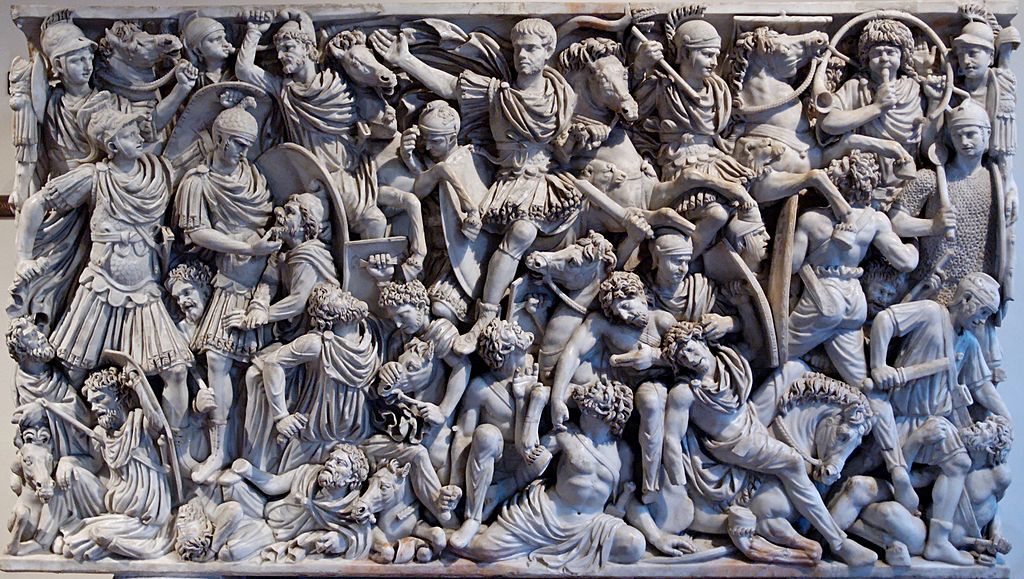
Story Highlights
- Historical event:
- 9 August 378
- The battle proved that the “barbarians” on the Empire’s borders had become a respectable power, and that Rome was becoming increasingly reliant on barbarian mercenaries to ensure its own survival.
On this day in 378, a Visigoth army under King Fritigern decisive defeated an Eastern Roman army under the personal leadership of Emperor Valens.
Previously, in 376, the Visigoths, fleeing before the marauding Huns, asked Emperor Valens permission to settle on the territory of the Eastern Roman Empire. The emperor allowed them to do so, hoping to secure a new source of recruits for the Empire’s armies. However, the local Roman authorities treated the Visigoths badly, causing them to rise up in rebellion.
In 378 Valens decided to take personal command of the Eastern Roman army. Ignoring his subordinates’ advice to wait for reinforcements from Western Roman Emperor Gratian, Valens decided to attack the apparently weaker Visigoth army some 20 km north of Adrianople (today Edirne or Drinopolje, on the Bulgarian-Turkish border).
Valens gathered an army of 15 to 20 thousand infantry and horsemen. However, it turned out he had made several severe mistakes.
Firstly, he didn’t know of the existence of a large number of Visigoth cavalry (some 5,000), which were away from the main body of their army (around 15,000 infantry).
Secondly, Valens expected an easy victory and led his army on a long march across difficult terrain under the hot sun, making the soldiers tired and dehydrated by the time they reached the battlefield. Fritigern asked to negotiate with the Romans, which Valens agreed to, but this was actually a mistake – Fritigern was only buying time for his cavalry to return.
The fourth error was not a direct result of Valens’s orders, but most likely the result of the exhaustion among the Roman soldiers and the fact that many officers had left their soldiers in order to appear at the negotiations. Namely, a part of the Roman army initiated an attack without orders and without the support of the rest of the army. This allowed the Goths to destroy the Roman units piecemeal.
The sudden arrival of the Visigoth cavalry on the battlefield sealed the Romans’ fate. Most of the soldiers turned to flee, leaving only the elite infantry, led by the emperor himself, on the battlefield. The emperor still hoped his reserves would come to his aid, but it had already fled without ever engaging the enemy.
A total collapse of the Roman army followed: the Visigoth cavalry decimated the demoralized Romans. Around two-thirds of the Roman troops were killed, including the emperor himself.
Some historians consider this battle to mark the beginning of the age when cavalry was dominant on the battlefield, an age which would last up to the late Middle Ages.
In any case, the battle proved that the “barbarians” on the Empire’s borders had become a respectable power, and that Rome was becoming increasingly reliant on barbarian mercenaries to ensure its own survival.




